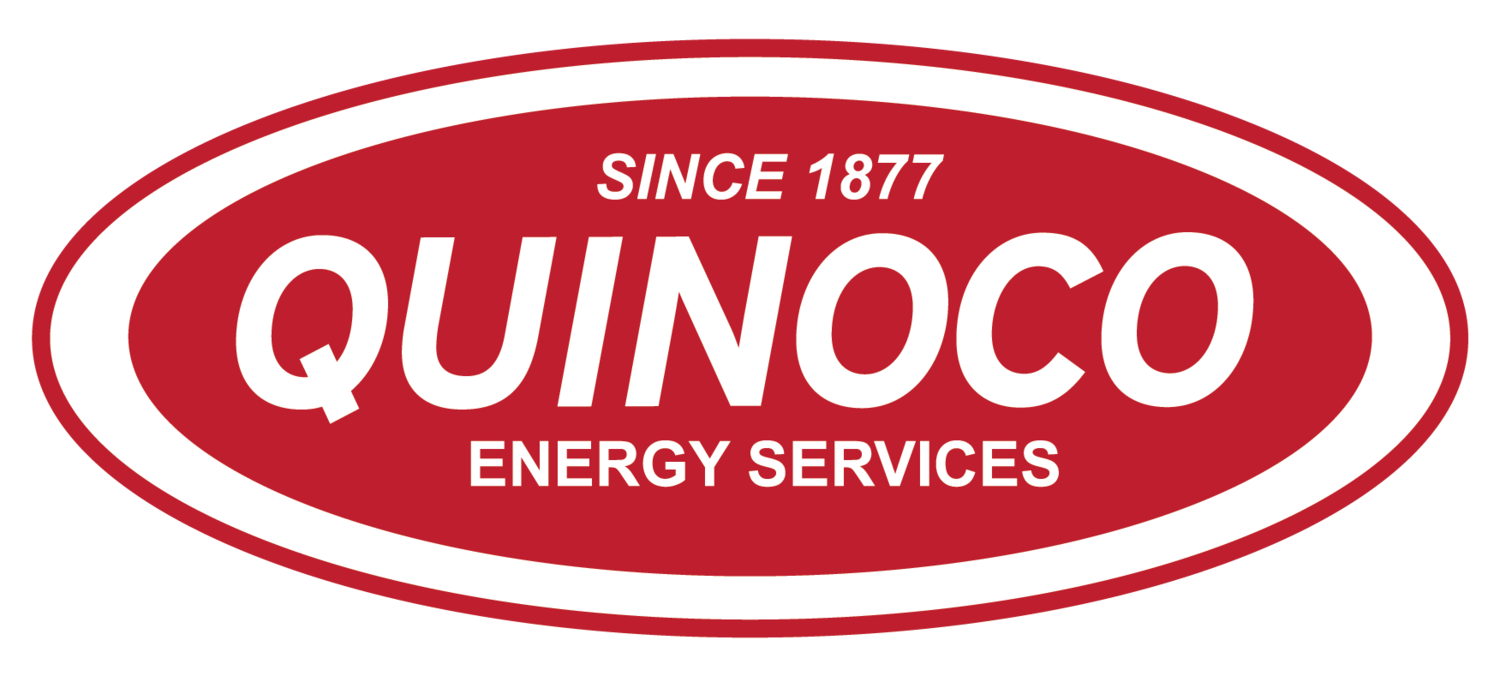Bioheat Heating Oil: Q&A
What is Bioheat?
Bioheat is a blend of ultra-low sulfur heating fuel with biodiesel, a domestic, sustainable heating oil replacement.
What is Biodiesel?
Biodiesel is a heating oil replacement that is produced from a variety of renewable resources, such as plant oils, animal fats, recycled grease, and even algae, making it one of the most sustainable fuels on the planet. Annually, it generates approximately $16.8 billion dollars for the U.S. economy and creates more than 62,000 jobs.
Where is Bioheat made?
The crops used to create Bioheat are grown in the United States and it is blended right here in Connecticut. The blends currently range from B5 fuel containing 5% plant content to B20, which contains 20%.
Is Bioheat cleaner than natural gas?
Yes! Bioheat is cleaner than natural gas. In a 20 year atmospheric life cycle analysis conducted by Brookhaven National Laboratories, emissions of greenhouse gases from Bioheat blends as low as 1.8% have been proven to be lower than those from natural gas.
Does Bioheat cost more?
No, in fact Bioheat can save you money because it helps your heating equipment run more efficiently, which extends the life of the equipment and can lead to fewer tune-ups.
Do I have Bioheat?
Yes! Quinoco has been delivering Bioheat for the past 5 years, branded as SmartBiofuel. In fact, almost every gallon of heating fuel delivered in Connecticut is Bioheat with more than 600 companies delivering it locally in the state.
What is the future of Bioheat?
The industry is committed to continually improving the product that we deliver; in fact, today’s heating oil burns 95% cleaner than it did 50 years ago and with drastically reduced sulfur content as well as alternative solutions like biodiesel blends, the product will continue to burn cleaner thus cutting greenhouse gas emissions. In fact, if the U.S. followed Connecticut’s lead and switched to a 5% Bioheat blend, the country would burn approximately 187 million gallons less of regular heating oil. If that were a 20% blend, that number quadruples!



